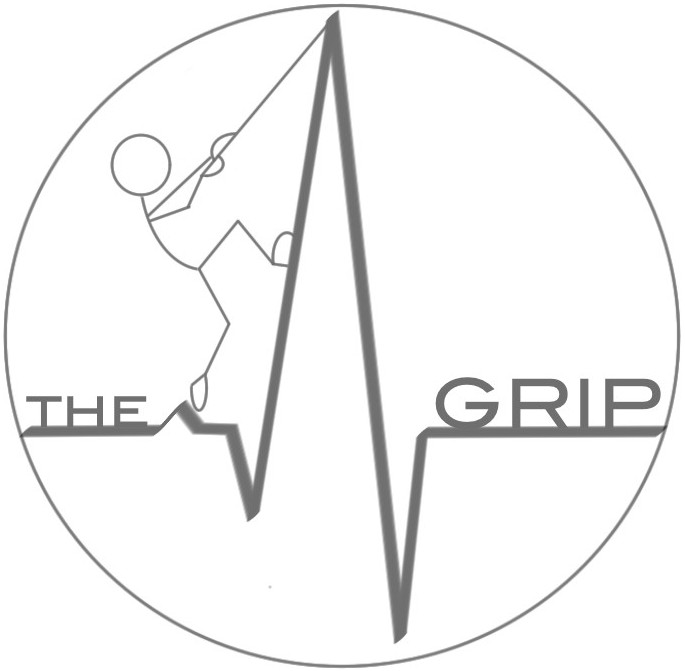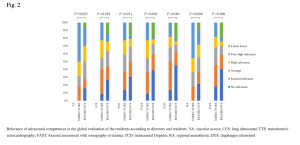Point-of-care ultrasound training for residents in anaesthesia and critical care: results of a national survey comparing residents and training program directors’ perspectives
How is the actual training during residency in Italy? Have a look to the national survey comparing directors’ and residents’ perspectives. We are ok only for ultrasound-guided central line, it remains a lot to do for all the rest!
Free full text here on BMC medical education
Abstract
Background: Point-of-care ultrasound (POCUS) has become an essential tool for anaesthesia and critical care physicians and dedicated training is mandatory. This survey describes the current state of Italian residency training programs through the comparison of residents’ and directors’ perspective.
Methods: Observational prospective cross-sectional study: 12-question national e-survey sent to Italian directors of anaesthesia and critical care residency programs (N = 40) and residents (N = 3000). Questions focused on POCUS teaching (vascular access, transthoracic echocardiography, focused assessment for trauma, transcranial Doppler, regional anaesthesia, lung and diaphragm ultrasound), organization (dedicated hours, teaching tools, mentors), perceived adequacy/importance of the training and limiting factors.
Results: Five hundred seventy-one residents and 22 directors completed the survey. Bedside teaching (59.4-93.2%) and classroom lessons (29.7-54.4%) were the most frequent teaching tools. Directors reported higher participation in research projects (p < 0.05 for all techniques but focused assessment for trauma) and simulation (p < 0.05 for all techniques but transthoracic echocardiography). Use of online teaching was limited (< 10%); however, 87.4% of residents used additional web-based tools. Consultants were the most frequent mentors, with different perspectives between residents (72.0%) and directors (95.5%; p = 0.013). Residents reported self-training more frequently (48.5 vs. 9.1%; p < 0.001). Evaluation was mainly performed at the bedside; a certification was not available in most cases (< 10%). Most residents perceived POCUS techniques as extremely important. Residents underestimated the relevance given by directors to ultrasound skills in their evaluation and the minimal number of exams required to achieve basic competency. Overall, the training was considered adequate for vascular access only (62.2%). Directors mainly agreed on the need of ultrasound teaching improvement in all fields. Main limitations were the absence of a standardized curriculum for residents and limited mentors’ time/expertise for directors.
Conclusion: POCUS education is present in Italian anaesthesia and critical care residency programs, although with potential for improvement. Significant discrepancies between residents’ and directors’ perspectives were identified.

